Cartoonists Recall Fearless Satire of Raila Odinga
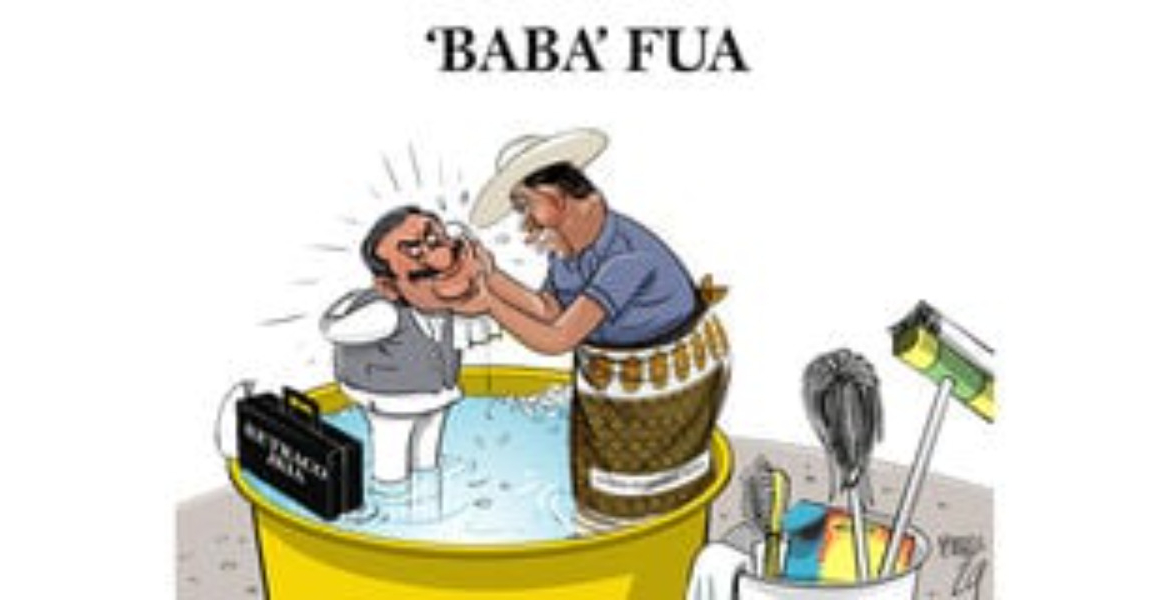
The death of Raila Amolo Odinga on 15 October has prompted reflection among Kenya’s leading editorial cartoonists, who regard the former Prime Minister as one of their most enduring and influential subjects.
For artists such as Victor Ndula, Samuel Muigai (Igah), John Nyaga (Nyagah), Godfrey Mwampembwa (Gado), and Alphonce Omondi (Ozone), Odinga was more than a political figure. His energy, unpredictability, and resilience made him a consistent source of inspiration.
Over the years, these cartoonists have portrayed his political journey through humour and critique, capturing both his personality and the country’s shifting political climate. Odinga’s long career, marked by defiance, reinvention, and dramatic flair, offered an endless range of themes.
From his early years wearing the distinctive “Jaramogi cap” to his later preference for a fedora, his evolving image kept artists creatively engaged. “I cut my teeth drawing Raila,” said Ndula. “His relevance never waned, and sometimes I had to avoid sketching him too often to prevent being seen as biased.”
The artists share a common view of Odinga’s tolerance toward satire. Despite being regularly caricatured and sometimes depicted in unflattering ways, he never targeted cartoonists in retaliation.
“He never sued anyone,” said Ozone. “He may have been upset with some media houses, but he never, ever, threatened a cartoonist.”
In a region where satire can attract legal or political repercussions, this restraint stood out as a rare commitment to freedom of expression. Gado, known for his work in both print and television, said Odinga’s long presence in politics made him a permanent fixture in his sketches.
“He’s one of the few politicians I can draw without reference,” he said. When complaints arose, they came from Odinga’s allies rather than from him directly. “He had a very thick skin,” Gado added, noting the former Prime Minister’s respect for satire as part of democratic life.
Odinga’s political symbolism also made him a versatile subject. Whether portrayed as “Tinga” with a tractor or “Nyundo” with a hammer, his aliases gave cartoonists strong visual imagery to work with. Igah recalled that even Odinga’s silence could be newsworthy. “He was always making news, always relevant,” he said. “Even his absence could spark commentary.”
For Nyagah, Odinga’s expressive character made caricature both easy and enjoyable. “He had a sharp sense of humour and a very animated presence,” he said. “Once you captured his likeness, the rest came naturally.” His gestures, expressions, and charisma made him, in Nyagah’s words, “a gift that kept giving.”
Odinga’s unpredictable political moves also challenged cartoonists to keep up. Ndula described moments when he had to redraw a cartoon after an unexpected announcement or alliance. “He constantly provided material because for most of his life, he stood against injustice,” he said.
His death has left cartoonists considering who, if anyone, might replace him as a lasting muse. Odinga combined seriousness, humour, and symbolic depth in a way few others have matched.
“Losing Raila is like losing a character,” said Gado. The feeling is shared across newsrooms and studios, where artists now look for a figure as influential and open to criticism.

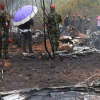
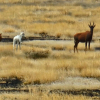
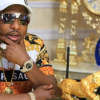
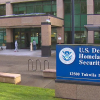
Add new comment